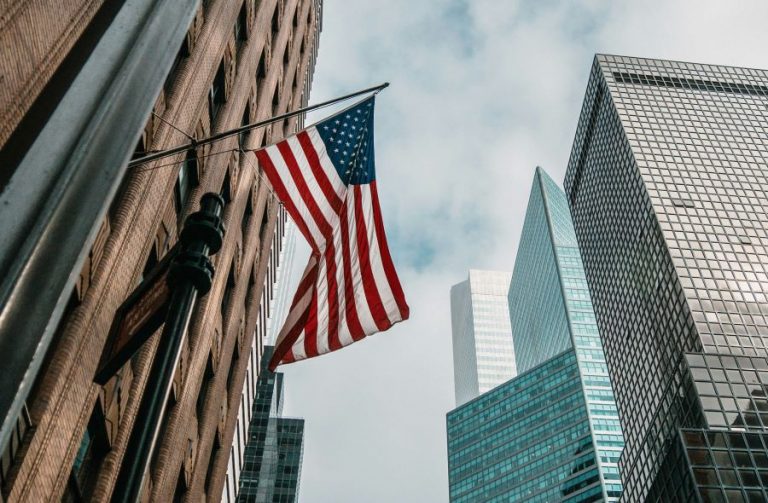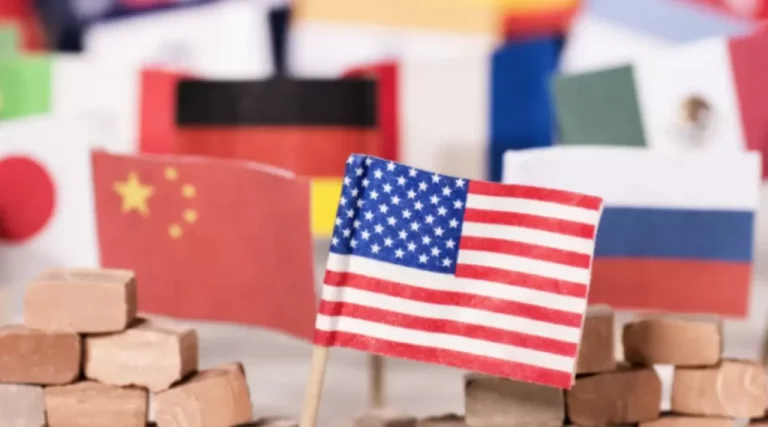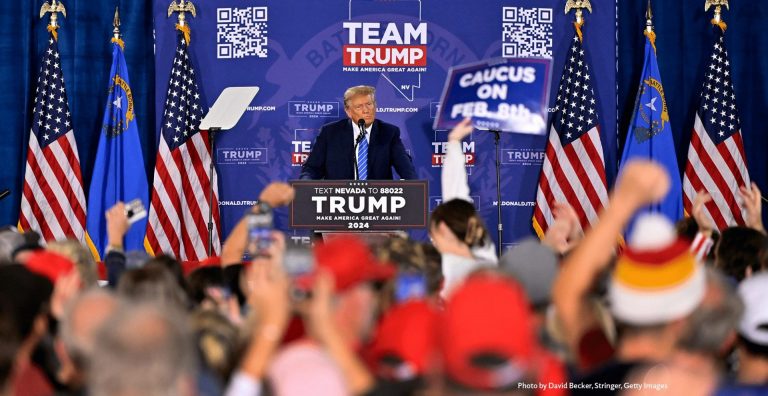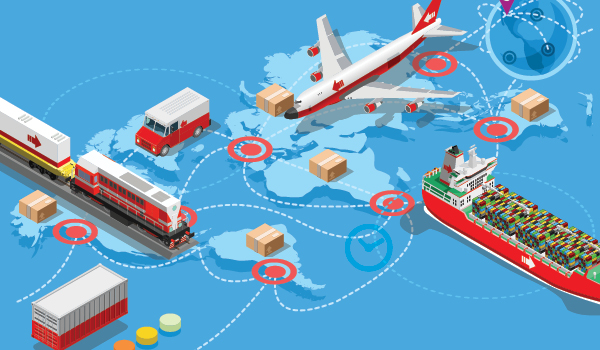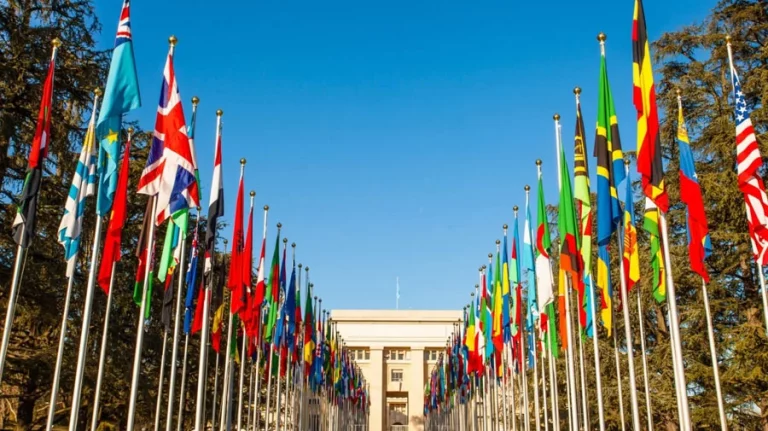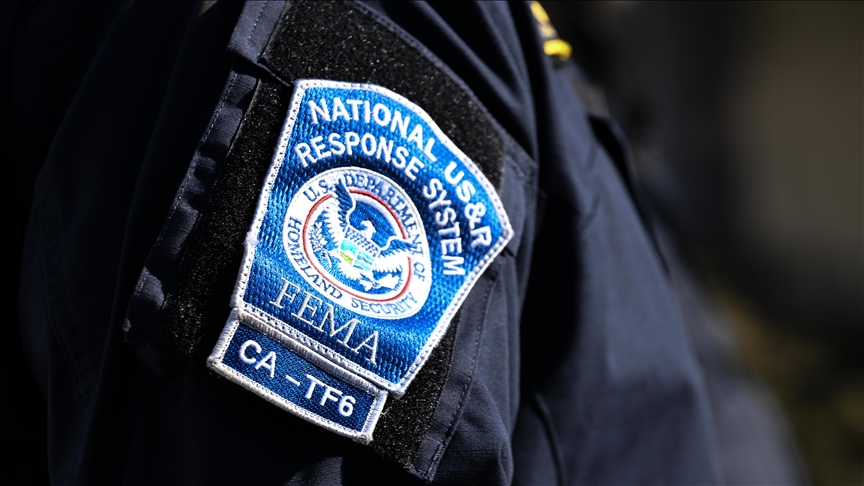
How US Disaster Response Works — Natural Disasters
How US Disaster Response Works
Every year, hurricanes, wildfires, floods, and tornadoes remind Americans of the power of nature. But how US disaster response works — from first alerts to federal recovery funds — is a complex, coordinated system involving local, state, and federal agencies. Understanding this process helps communities prepare, respond faster, and recover stronger.
This guide breaks down how U.S. disaster management functions, the role of FEMA, and what happens before, during, and after a declared emergency.
1. The Framework: The U.S. Emergency Management System
The foundation of how US disaster response works is the National Response Framework (NRF) — a guide developed by the Department of Homeland Security (DHS) to define how the nation responds to all types of disasters and emergencies.
The NRF divides responsibilities among federal agencies and integrates local and state authorities through the Incident Command System (ICS). This structure ensures that regardless of whether it’s a hurricane or wildfire, response efforts follow a common chain of command and communication.
Key principles include:
- Local first response: Local agencies are always first on the scene.
- State coordination: Governors activate state emergency plans and the National Guard if needed.
- Federal support: The federal government provides resources only when state and local capacities are overwhelmed.
2. FEMA’s Role: The Federal Emergency Management Agency
Central to how US disaster response works is FEMA (Federal Emergency Management Agency). FEMA’s mission is to help people before, during, and after disasters. It operates under DHS and coordinates federal disaster relief.
FEMA’s major responsibilities include:
- Deploying resources such as food, water, and temporary housing.
- Coordinating logistics among agencies like the Red Cross, CDC, and Army Corps of Engineers.
- Managing federal disaster funds, including individual and public assistance grants.
- Training local emergency managers through programs like the Emergency Management Institute (EMI).
When a disaster exceeds local capacity, a state governor can request a Presidential Disaster Declaration, triggering FEMA’s full response capabilities and unlocking federal funding.
3. The Four Phases of U.S. Disaster Management
Disaster response in the U.S. follows four main phases — a cycle that ensures constant preparedness and improvement.
1. Mitigation
Efforts to reduce long-term risk before a disaster strikes.
Examples: Building levees, updating flood maps, strengthening building codes, and enforcing fire-resistant construction.
2. Preparedness
Planning and training for potential disasters.
This includes local emergency drills, public warning systems (like the Emergency Alert System), and stockpiling supplies.
3. Response
Immediate actions taken during and right after a disaster.
Search and rescue, medical aid, shelter management, and utility restoration all happen during this stage. Agencies like FEMA, the National Guard, and the Red Cross collaborate closely.
4. Recovery
Restoring communities and rebuilding infrastructure.
Recovery is often the longest phase — including insurance claims, FEMA assistance, rebuilding public facilities, and mental health support programs.
4. Local and State Governments: The Frontline Responders
While FEMA gets most of the public attention, how US disaster response works begins at the local level.
- Local emergency management offices activate city or county disaster plans.
- Police, fire, and EMS are the first to respond and coordinate evacuations.
- State emergency management agencies step in to provide resources and coordinate multiple local jurisdictions.
Every U.S. state has an Emergency Operations Center (EOC) that becomes active during major incidents. EOCs ensure that communication between agencies remains smooth and that requests for federal aid are properly documented.
5. Federal Coordination: Beyond FEMA
Several other federal departments play key roles in disaster response:
- Department of Defense (DoD): Provides logistics, transport, and rescue operations.
- Department of Health and Human Services (HHS): Manages medical response and disease control.
- Department of Energy (DOE): Restores power grids and critical infrastructure.
- Environmental Protection Agency (EPA): Handles chemical spills and environmental hazards.
- National Oceanic and Atmospheric Administration (NOAA): Provides weather warnings and disaster forecasts.
These agencies work under FEMA’s leadership but bring specialized expertise that makes the U.S. system highly adaptive.
6. Funding and Assistance: How Relief Reaches People
Once a disaster is federally declared, FEMA can release funds through:
- Individual Assistance (IA): Helps households with temporary housing, repairs, and crisis counseling.
- Public Assistance (PA): Covers infrastructure repairs like roads, bridges, and public utilities.
- Hazard Mitigation Grants (HMG): Invests in long-term prevention — rebuilding stronger to reduce future losses.
Citizens can apply for FEMA assistance online or through mobile centers established in affected regions.
7. How Communities Can Prepare
Every citizen plays a role in how US disaster response works effectively. Preparation saves lives and accelerates recovery. FEMA recommends the following actions for all households:
- Build an emergency kit with water, food, and essentials for 72 hours.
- Create a family communication plan.
- Stay informed with alerts from Ready.gov or local emergency apps.
- Participate in community preparedness drills.
Prepared communities require fewer external resources and recover faster after a disaster.
8. Lessons from Major U.S. Disasters
Past disasters like Hurricane Katrina (2005), Superstorm Sandy (2012), and the California wildfires taught vital lessons:
- Early evacuation orders save more lives than any other measure.
- Coordination between state and federal levels determines the speed of recovery.
- Public communication (social media, alerts, and press briefings) is critical for public trust.
Each event has shaped how US disaster response works today — improving planning, coordination, and communication.
Conclusion
Understanding how US disaster response works helps both citizens and leaders build safer, more resilient communities. From FEMA’s coordination to local first responders’ bravery, the U.S. disaster management system relies on collaboration at every level.
Natural disasters can’t be prevented, but effective planning, swift coordination, and public awareness ensure that when disaster strikes, America responds stronger than ever.
Follow TNN for more US NEWS TODAY!
